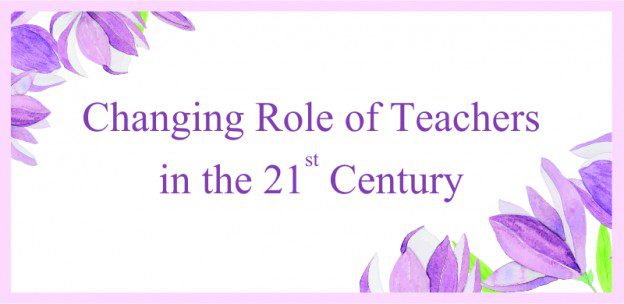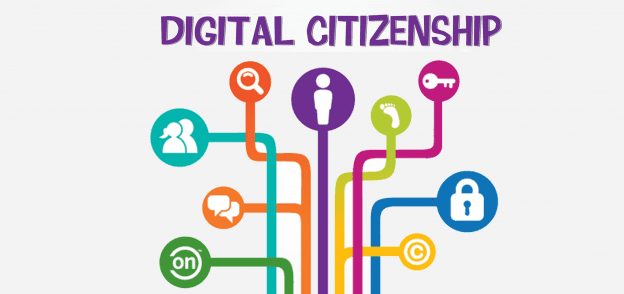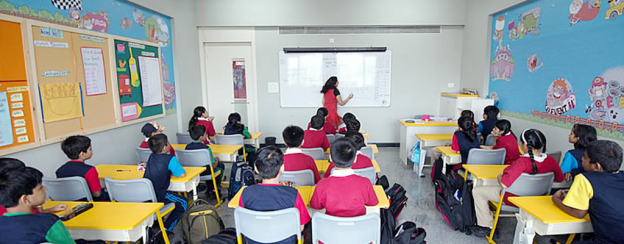Teachers are nation builders and despite the breakneck speed of technological progress impacting today’s classrooms, their presence is of paramount importance to students.
The term facilitator is now becoming more prevalent, and why not? It goes hand in hand with the quantum of work and the job descriptions of teachers around the world. Long gone are the days of only books and chalk and talk methods. In modern schools one sees how, by using dynamic and exciting teaching methodologies, the learners are drawn into the world of self actualisation and realisation of their aims, aspirations, dreams, goals and hopes.
Collaboration, role play, data sharing, using the internet for research and reference, has become quite the norm. Experiential learning and a sense of connectivity through the net has taken the world of education by storm. Hence, the role of the facilitator extends, at times, to beyond the classroom. She/he is a leader, a mentor, a role model, a counsellor, a coach, a therapist, a seeker, a knowledge base, a disciplinarian, a data collector, a curriculum planner, an event manager and an entertainer among many more avatars.
In this context, I have always considered myself blessed to be surrounded by creative, experienced, innovative and fiercely committed teachers at VIBGYOR. The enthusiastic faculty at all the schools of the VIBGYOR Group are self motivated individuals who are passionate about doing their utmost for the students under their care. What excites and satisfies me is the undaunted spirit of learning that each one carries within herself/himself. The childlike curiosity to learn more and more so as to impart that learning to their students is what I appreciate wholeheartedly in my teachers.
The advent of newer means of communication has had a tremendous impact in the education sphere. Undoubtedly it makes things faster and easier. Nonetheless, it also increases the work at hand with the teaching staff shouldering more and more responsibilities. This, they do tirelessly and with keen interest. After all, teachers have always been the face of the schools for the most crucial stakeholders i.e. the students. Their interaction and rapport with their learners is their key to success.
Hats off to all the facilitators of the world who are striving relentlessly to bring about a change. Take a bow, you hardworking beacons of light, life and inspiration.
Happy Teachers’ Day!







